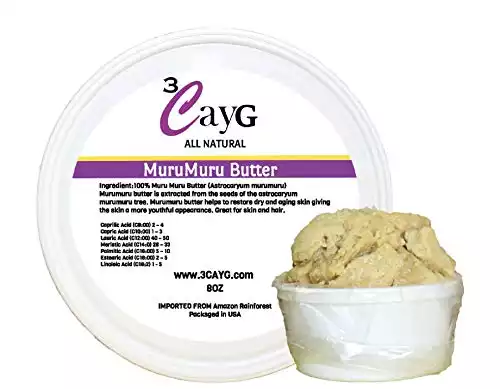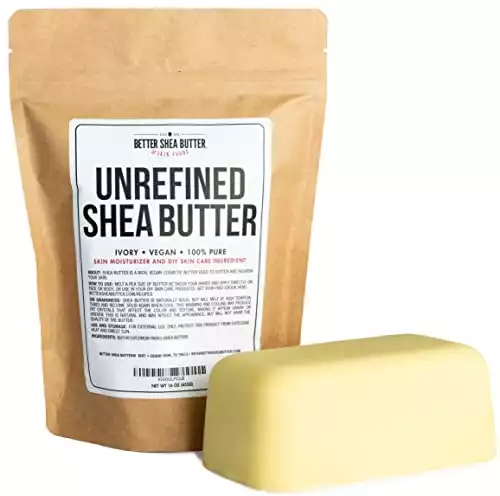Jump to:
If you’re looking for a natural product to include in your hair or skin regime, murumuru and shea butter are excellent contenders.
We’ll compare murumuru vs. shea butter so that you can understand each of their strengths when deciding which one is the best fit for you.
Murumuru vs. Shea Butter: A Summary
Murumuru butter serves to repair damaged hair and skin, while shea butter has deep moisturizing properties. Nevertheless, both kinds of butter share similar qualities, and you can usually use them interchangeably if you only have one butter in your home.
We’ll cover the following items so that you can choose the right butter for your situation.
- Differences
- Benefits
- When to use them
- How to use them
Shea and murumuru butter can profoundly positively impact your hair and skin. So, read until the end and get ready to order the butter of your choosing.
How Murumuru and Shea Butter Differ
Murumuru and shea butter share several similarities, and some people choose to incorporate both of them into their hair and skin routines. Nevertheless, some of the most significant areas where murumuru and shea butter differ include:
- Their origin
- The nutrients they contain
- Moisture control and repair
Let’s explore each point in more detail.
Origin
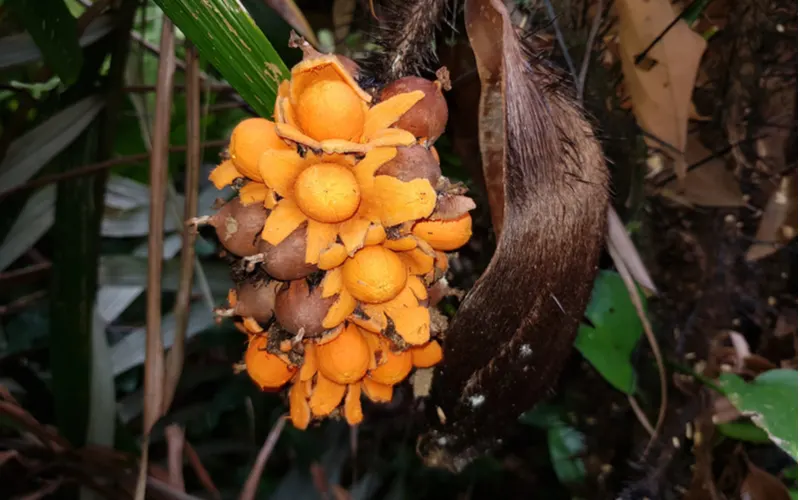
Guentermanaus/Shutterstock
Murumuru butter hails from the Amazon rainforest, where it grows on the Astrocaryum murumuru palm tree. Manufacturers process it by removing its yellowish-white fat and turning it into a hair and skin product. Some people also use this butter for cooking.
In contrast, shea butter comes from east Africa. It grows on the karité tree, and its golden-colored butter comes from the nuts it produces. Traditionally, people call shea butter “women’s gold” because it’s a popular income source for African women.
Nutrients
Murumuru and shea butter share some of the same nutrients, such as vitamin A. However, each shines in specializing in a concentration of specific nutrients and fatty acids.
Murumuru’s stand-out nutrients include:
- Vitamin C
- Oleic acid
- Myristic acid
- Lauric acid
In contrast, shea butter’s most prominent nutrients are:
- Vitamin E
- Vitamin F
- Omega-3
- Omega-9
Moisture Control and Repair
Murumuru butter’s nutrients help repair damaged skin and hair, whereas shea butter works to moisturize and protect them.
For this reason, people enjoy using these products together; as murumuru butter works on repairing, shea butter kicks in to keep the repaired skin and hair cells moisturized to prevent future damage.
That said, don’t let these differences fool you; murumuru also contains moisturizing properties, and shea butter contains repairing properties. However, each works a little better in the area where its nutrients allow them to excel.
When to Use Murumuru and Shea Butter
Now that you have a general idea of the differences between murumuru vs. shea butter, let’s explore the advantages each provides to help you know which one to use under a variety of circumstances.
Benefits of Murumuru Butter
Murumuru butter is an effective restorative butter. Given its low water content, it’s a hypoallergenic butter with an almost indefinite shelf life.
As a result, it takes a long time for this butter to spoil. Some of the most notable benefits of murumuru butter include:
- Soothes psoriasis and eczema
- Softens hair and makes it glossy
- Supports scar reduction and healing
- Fast-absorbing into dry or cracked skin
- Restores dry hair and supports skin elasticity
- Has anti-viral, anti-septic, and anti-bacterial properties
- Frizzy hair maintenance due to improved hair flexibility
Benefits of Shea Butter
Shea butter is a trusted, better-known butter that’s a common ingredient in skin products. Although it provides excellent moisture to hair, skin, and even the lips, you should take care not to consume it unless you have a 100% unrefined Grade A variety.
This means that it didn’t undergo processing. Some of the most notable benefits of shea butter include:
- Prevents wrinkles
- Repairs stretch marks
- Fights skin inflammation
- Protects against UV rays
- Helps dry hair become supple
- Active, near-instant moisturizing results
- Quickly absorbs into the scalp and skin
- Makes brittle hair more elastic and shiny
- Improves eczema, dryness, and small skin injuries
Comparing Murumuru and Shea Butter for Hair Use
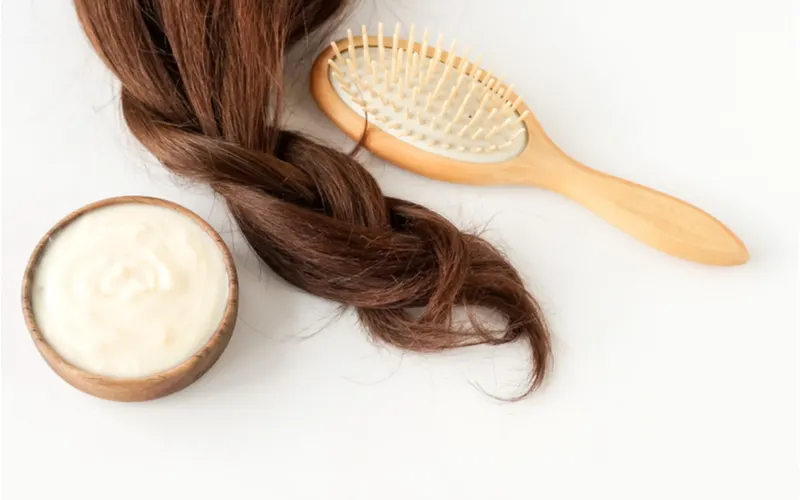
IrenaStar/Shutterstock
Although murumuru and shea butter can complement each other when using them on your skin, it’s not always best to use both on your hair. Let’s explore the best scenarios for using these kinds of butter to improve your hair health and texture.
When to Use Murumuru Butter on Hair
Murumuru is a lighter-weight butter. Therefore, it’s best to use it on the following hair types:
- Fine hair
- Wavy hair
- Low porosity hair
- Hair that isn’t thick
You might be wondering: why would murumuru butter be good for wavy hair? It’s not always a good fit, but if you use styling products to keep its waves, then murumuru butter won’t get in the way of that as much as shea butter.
When to Use Shea Butter on Hair
Shea butter is significantly heavier than murumuru butter. So, you’ll want to take care when using this on your hair. The best hair types for shea butter include:
- Thick hair
- Curly hair
- Coarse-textured hair
If your hair falls into one of these categories, shea butter will help to better manage what’s likely your hard-to-control hair. It does this by creating a thick layer of protection on your hair, which can cause the build-up that would make murumuru hair types squirm.
When It Doesn’t Matter
In some cases, you can choose whatever butter you prefer or snag the one that’s on sale. For example, if you have heavily damaged hair, either butter will work well. Often, this can be the case if you use chemical treatments or heat products to style your hair.
Similarly, if you suffer from chronic dry hair despite not using chemical treatments or heat products, both murumuru and shea butter can help. Nevertheless, you can expect shea butter to be slightly more effective, given its extra-great qualities of being able to repair brittle hair.
Both shea and murumuru butter are also great for color-treated hair. That’s because they aid in making your hair shinier, which will make your hair color pop. However, if you’re open to buying either butter, murumuru will do a slightly better job of making your hair shiny, thanks to its color-enhancing nutrients.
How to Use Murumuru and Shea Butter
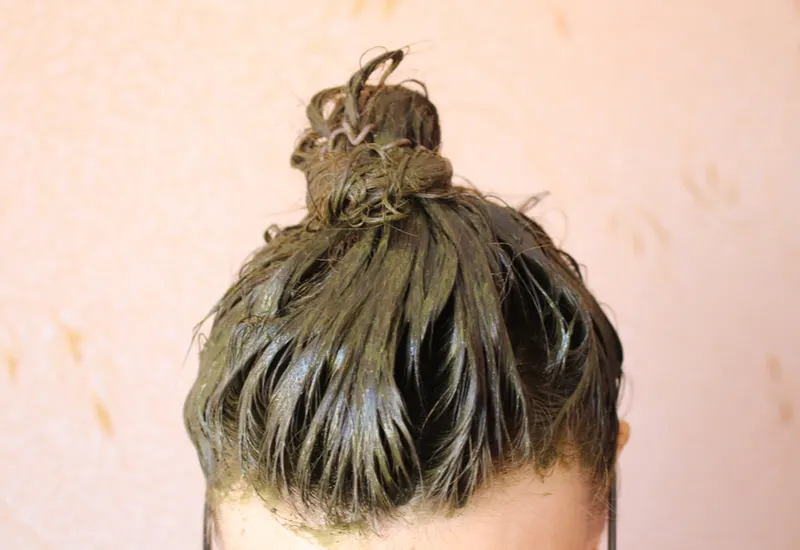
Anatoly Foto/Shutterstock
At this point, you might be “itching” to moisturize or restore your itchy skin or scalp. Below are some pointers for using murumuru and shea butter on your skin and hair. Because murumuru and shea are so similar, you can apply the same techniques for both kinds of butter.
Applying to Skin
It’s best to apply murumuru or shea butter to your skin after you get out of a warm shower. There are two reasons for this:
- The heat from the shower will help melt the butter.
- The dampness of your skin will help spread the butter.
Make sure to scoop small amounts of butter at a time, as it’ll begin melting in your hands. Then, use your hands to spread a small amount of butter over your skin.
When doing so, treat any special areas they need attention. Common spots on the body that become dry or cracked include:
- Elbows
- Hands
- Heels
- Knees
Keep in mind that the slippery nature of shea and murumuru oils can make it challenging for makeup to stay on your face. Therefore, some women prefer to use this oil only at night.
Applying to Hair
There are two ways to use shea and murumuru butter on your hair: by applying and rinsing it out while in the shower or using it as a conditioner.
If you’re concerned about how your hair will respond to the butter and whether it’ll be too oily, using the rinse method is ideal. Follow the steps below to use the apply-and-rinse technique.
- Take a small amount of butter and dab it around your scalp and hair.
- Starting with your scalp, massage the butter into it.
- Use a comb to spread the butter throughout your hair.
- Apply shampoo like normal, then rinse.
It’s helpful to take a warm shower so that your cuticles can open, allowing the butter to have a deeper penetration. Alternatively, you can put murumuru or shea butter on your hair instead of, or in addition to, the rinse method.
When using these kinds of butter as a leave-in conditioner, you should dry your hair with a towel, ensuring it’s not dripping wet but that there’s enough moisture to spread the oil. Then, with your hair still warm from the shower, take a small amount of butter and comb it through your hair.
An Important Rule to Follow
Now that you know you can use murumuru or shea butter as a rise or leave-in conditioner, we want to leave you with one last recommendation: it’s better to start with too little than too much.
Although these kinds of butter won’t give you an uncomfortably oily sensation if you use them in moderation, they will if you go overboard. Furthermore, it’s easy to overdo it, given that you’ll likely start working with both when they’re in a solid-state.
The point at which these butters melt is as follows:
- Murumuru butter: 90-97º F
- Shea butter: 90° F
Given that the average human body temperature is 98.6º F, both murumuru and shea butter will start melting once they touch your fingers, making that little mound of solid butter you picked up suddenly seem like a lot more.
Frequently Asked Questions
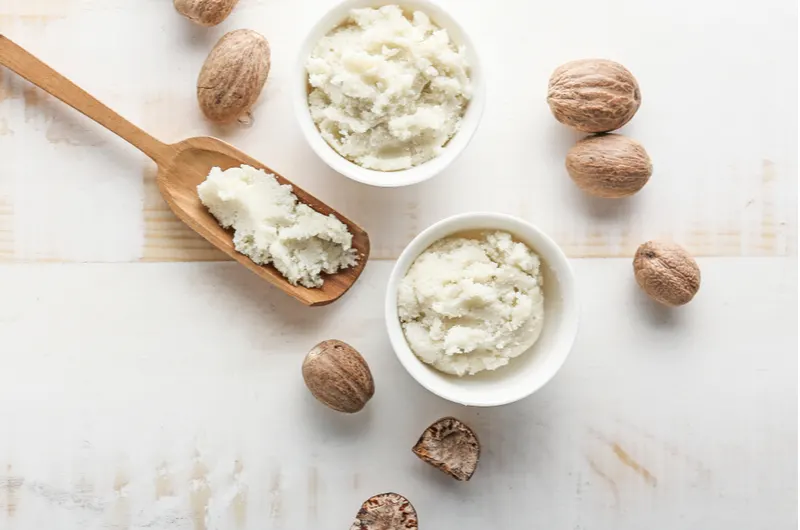
Pixel-Shot/Shutterstock
If you still have questions about murumuru vs. shea butter, we’ve answered some of the most common questions here:
Is murumuru butter edible?
Murumuru butter is edible. However, it’s best not to eat this butter if you buy it with a cosmetic label, given that it may have different sanitary standards than buying murumuru butter marketed for consumption.
What butter is better than shea butter?
If you have fine, thin, or low propensity hair, murumuru butter is a better option than shea butter. That’s because it’s lighter-weight, so it won’t weigh down your hair as shea butter does.
Is murumuru butter oily?
Murumuru butter has little oily qualities, thanks to its waxy consistency. For this reason, it’s a common product that people use in lotions and lip balms, as it doesn’t leave a greasy coat on your skin when you use it in moderation.
Does shea butter help bleached hair?
Shea butter is effective at supporting bleached hair, given that it has excellent moisturizing properties. Therefore, if you have damaged hair from over processing or frequent bleaching, shea butter can help you get back to nourished, shiny hair.
Is murumuru butter sustainable?
Murumuru butter is sustainable because locals in the Amazon forest harvest the seeds without cutting down the tree. By wild harvesting these murumuru nuts, locals earn an income, and the rainforest remains unharmed.
So, What’s the Difference Between Murumuru vs. Shea Butter?
Murumuru and shea butter contain many restorative properties when using them for your skin and hair. While you can use murumuru and shea butter simultaneously, murumuru butter is ideal for repairing and shea butter is best for moisturizing.

